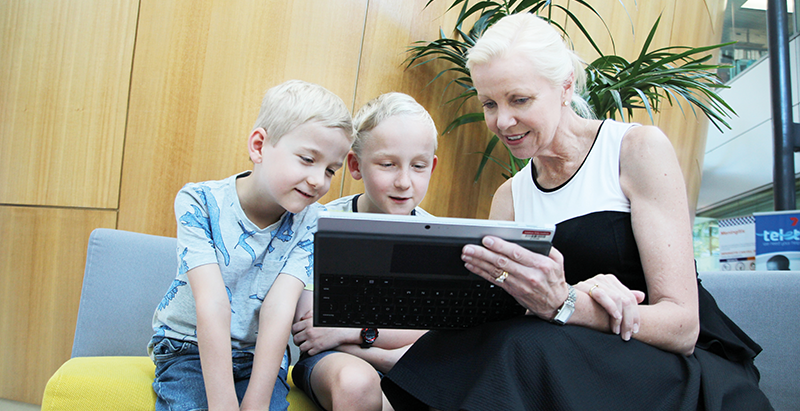Search
Research
Cyber AgressionInformation and communication technology has allowed individuals to engage in aggressive behavior on multiple distinct platforms with different capabilities
Research
If it’s about me, why do it without me? Genuine student engagement in school cyberbullying educationThis study reports on a three-year group randomized controlled trial, the Cyber Friendly Schools Project (CFSP), aimed to reduce cyberbullying among grade 8...
Research
Bullying behaviour following students’ transition to a secondary boarding school contextThis study investigated the prevalence and types of bullying behaviour that boarding students experienced during the transition to a secondary boarding school.
Research
Protecting and Promoting Young People’s Social and Emotional Health in Online and Offline ContextsYoung people's use of mobile phones and access to the Internet have increased dramatically in the last decade, especially among those aged 9-15 years.

News & Events
Anti-bullying champion Professor Donna Cross inducted into WA Science Hall of FamePioneering anti-bullying researcher Emeritus Professor Donna Cross OAM was last night announced as the latest inductee into the WA Science Hall of Fame.

News & Events
Cyberbullying work finds international audienceSchools from around the globe have turned to The Kids Research Institute Australia, seeking access to invaluable lessons learned from Australian students on how to effectively reduce harm from cyberbullying.
Research
Why did you do that? Differential types of aggression in offline and in cyberbullyingTraditional conceptualizations of aggression distinguish between reactive (e.g., rage) and proactive (e.g., reward) functions of aggression. However, critiques of this dichotomy have pointed out these models conflate motivational valence and self-control.
Research
Moral Disengagement of Pure Bullies and Bully/Victims: Shared and Distinct MechanismsThis study advances bullying research by extending the role of moral disengagement in bullying episodes beyond pure bullies to victims, both pure victims and bully/victims
Research
Borderline Personality Disorder and Peers: A Scoping Review of Friendship, Victimization and Aggression StudiesBorderline personality disorder (BPD) is characterized by instability in interpersonal relationships. To date no reviews have scoped the extant research on peer relationship functioning for young people diagnosed with BPD or showing borderline personality features. The current review provides this scoping of studies on all facets of peer relationships, including friendship quality, peer victimization and bullying and peer aggression, and relevant studies of social–cognitive processes with relevance to peer relationships. From 282 studies identified up to August 2019, 39 studies were included for review.
Research
Cyberbullying and the role of the law in Australian schools: Views of senior officialsOpinions of employees from the education and legal systems, regarding their perceptions of the role of the law and cyberbullying in Australian schools
